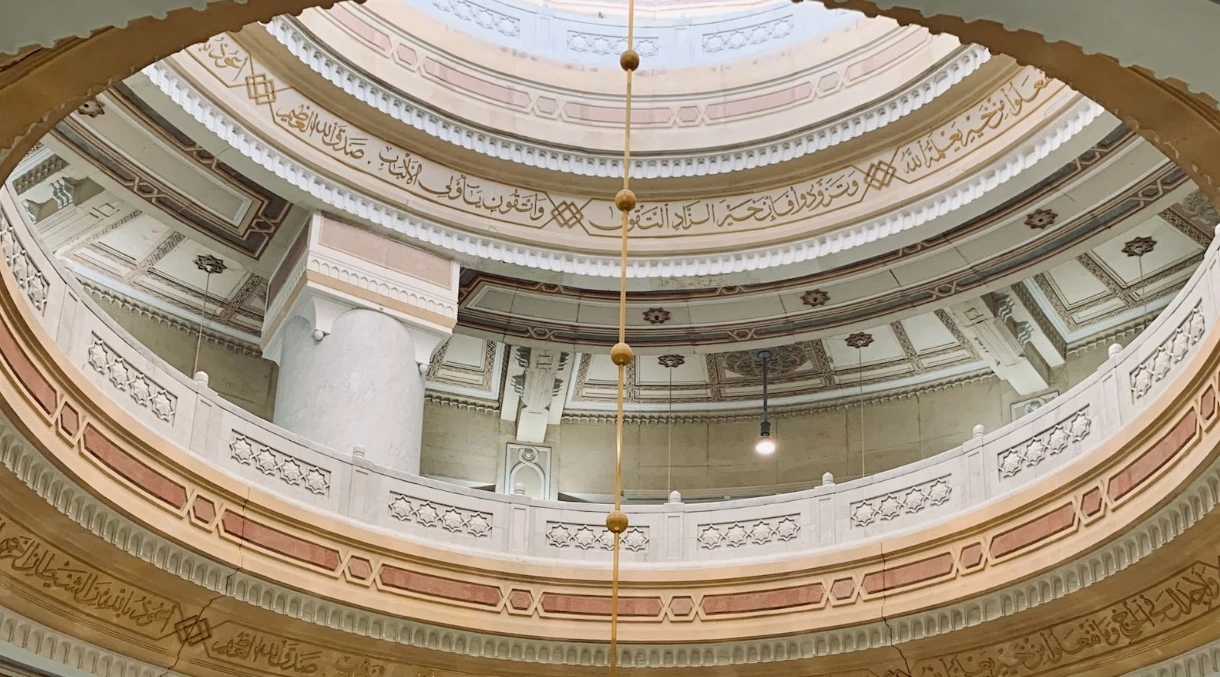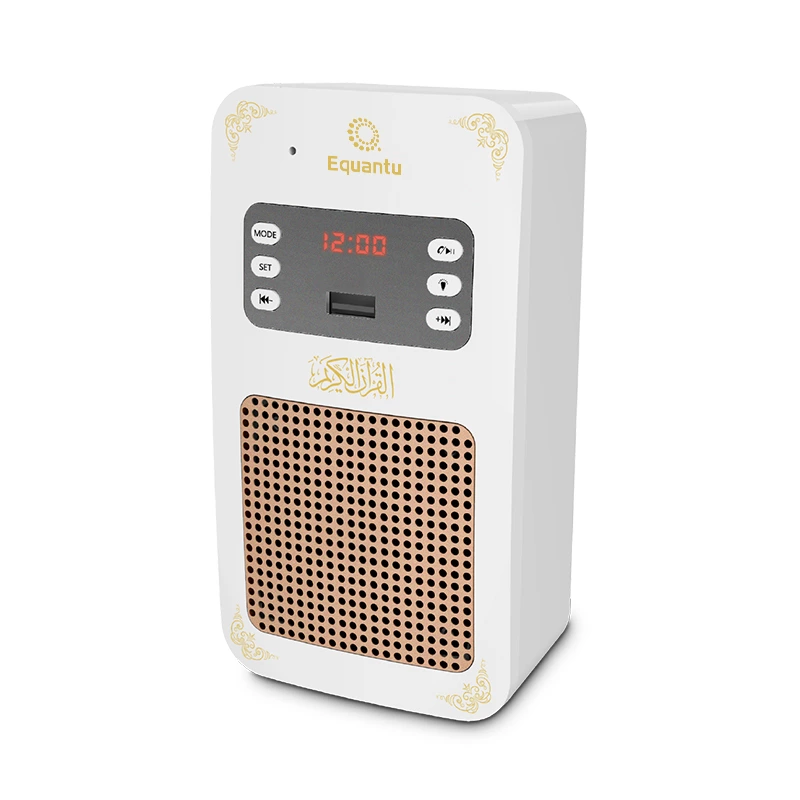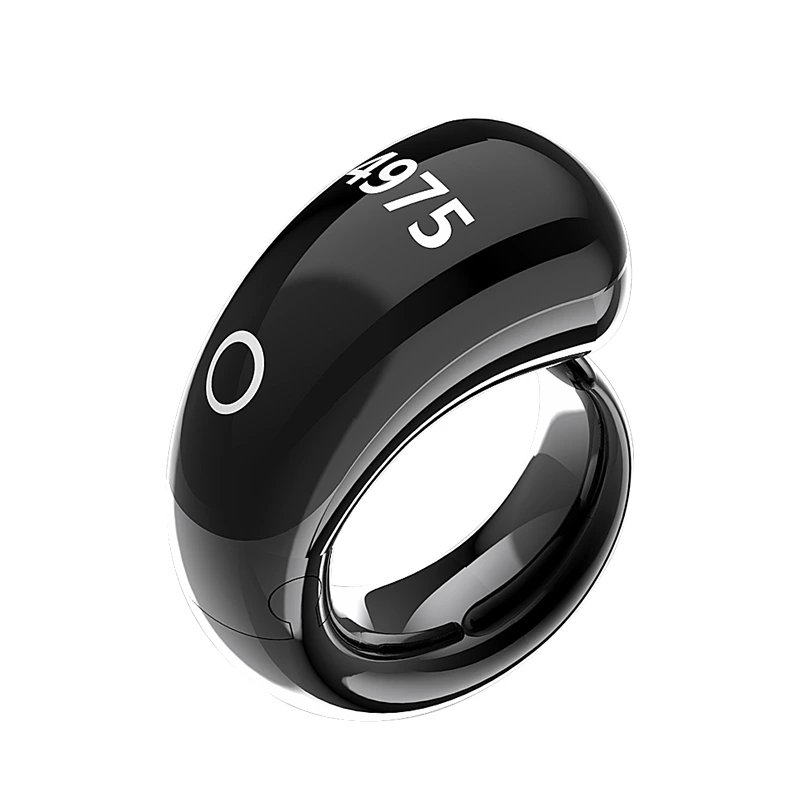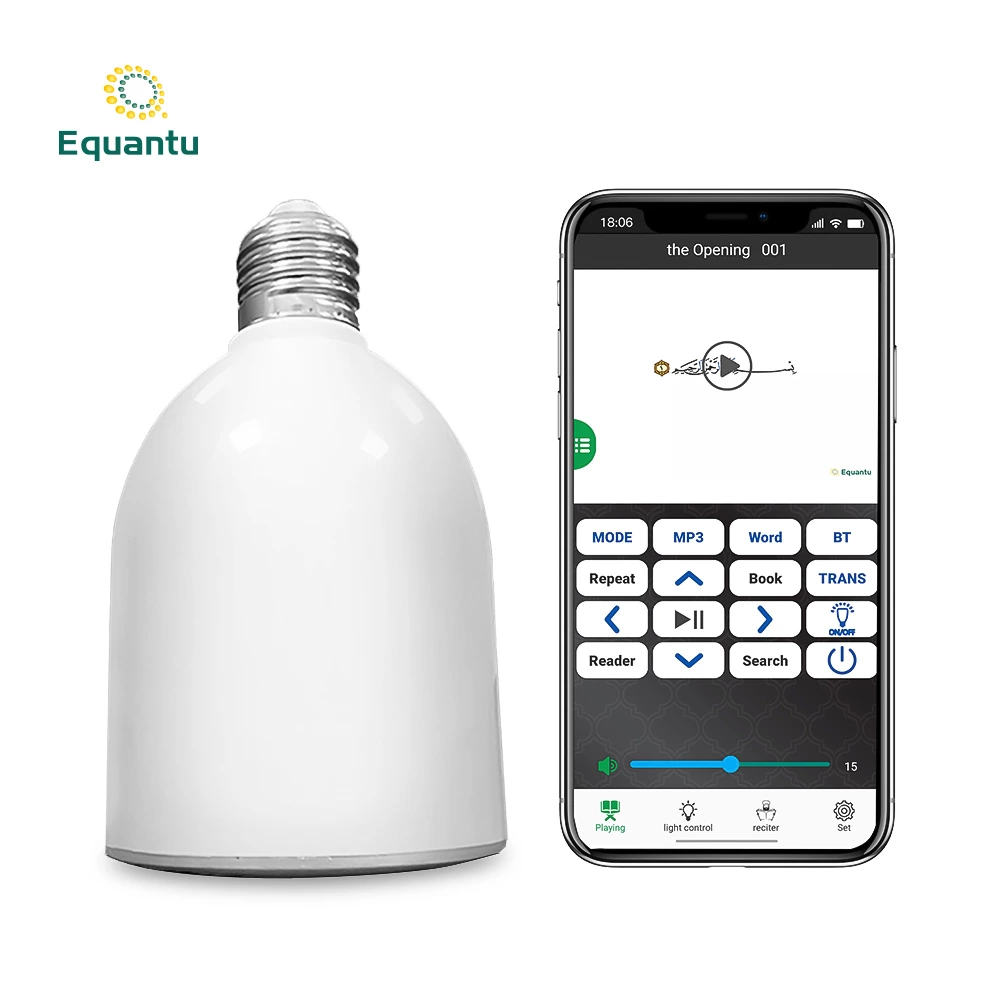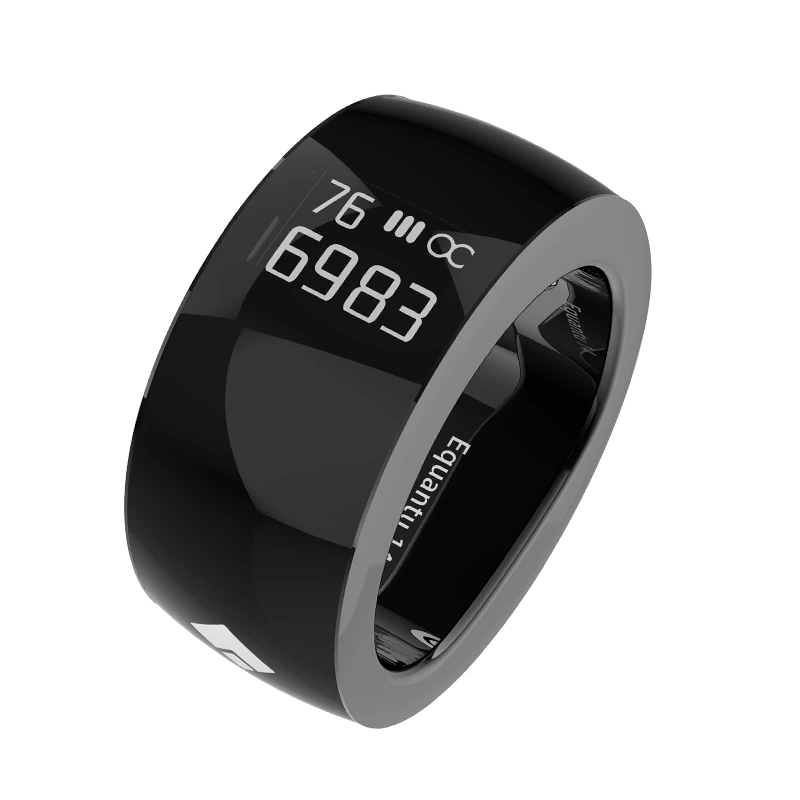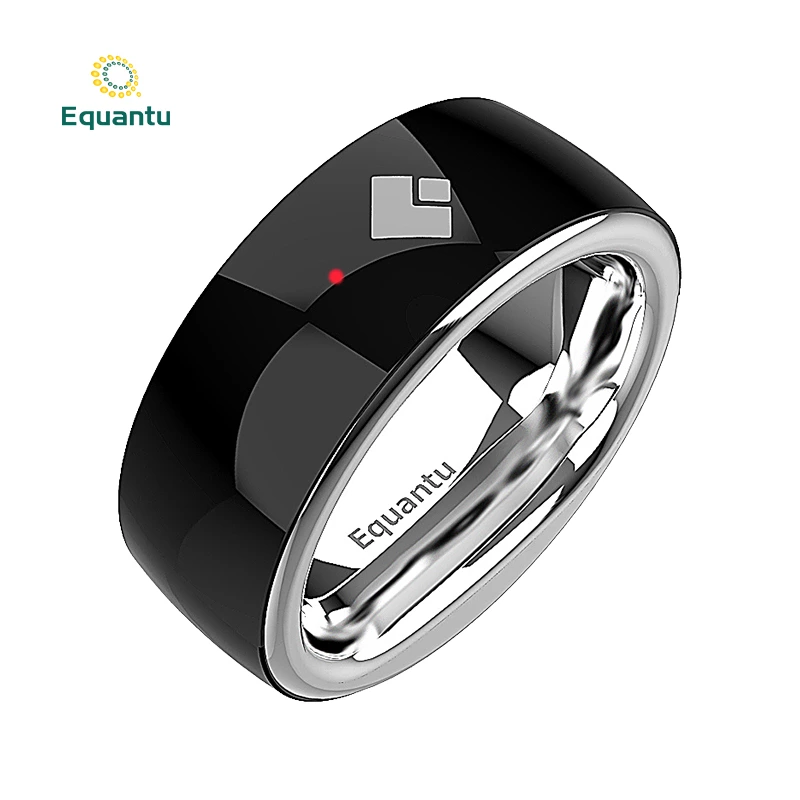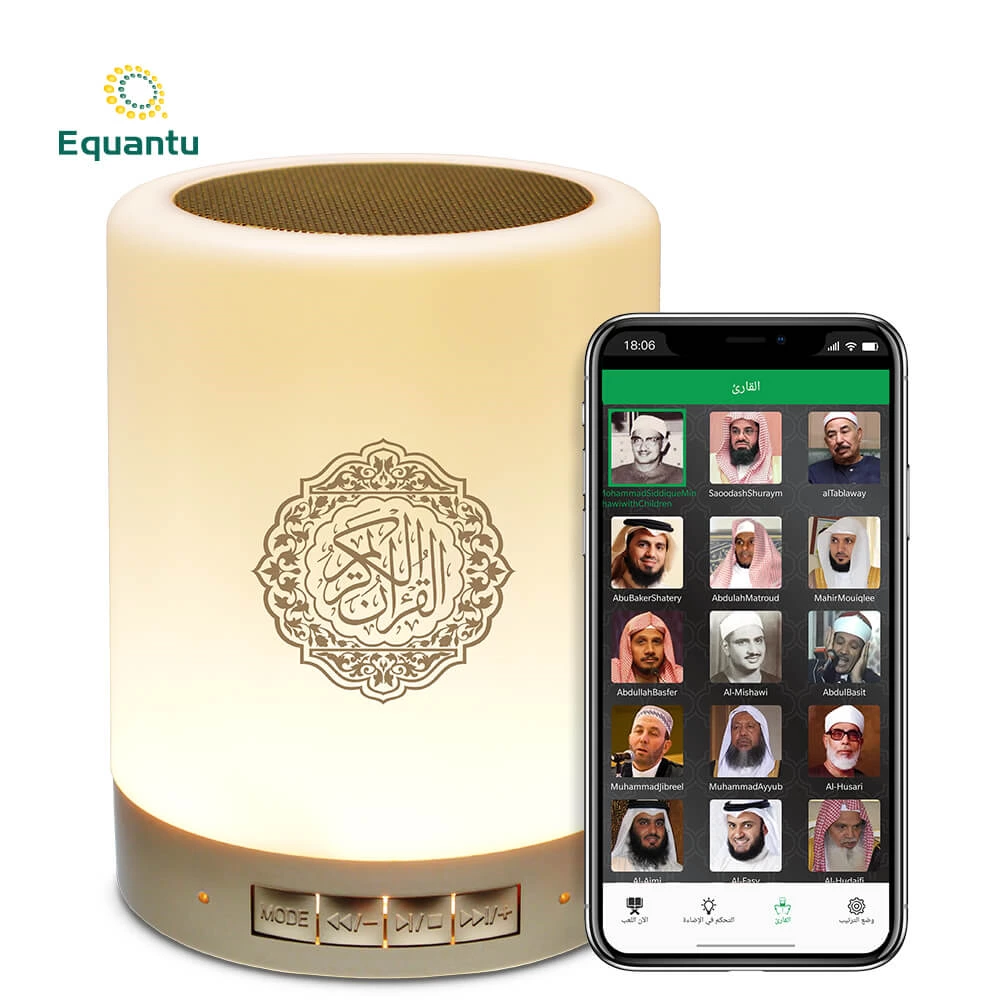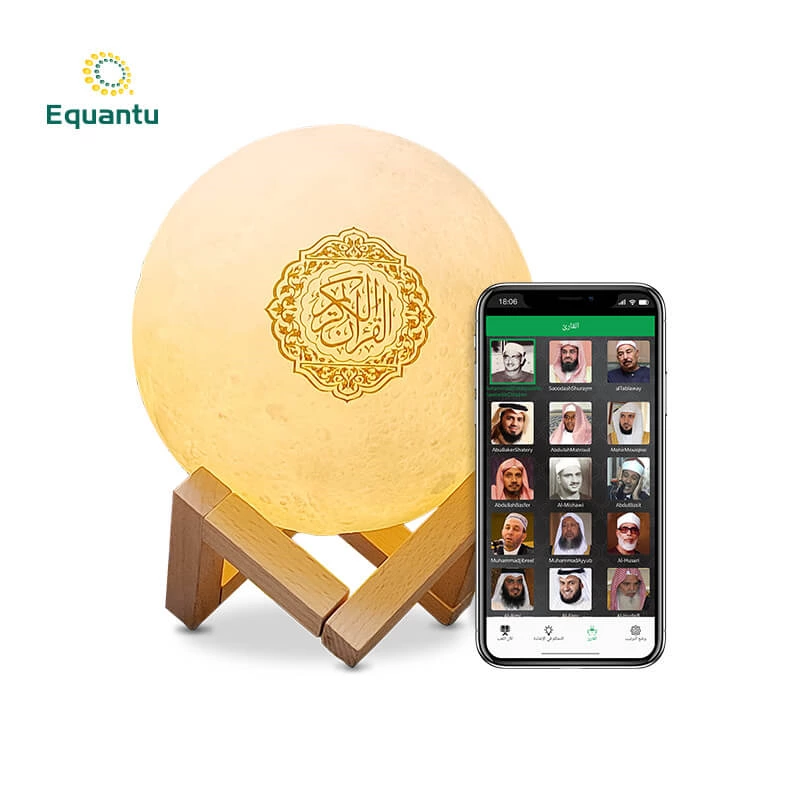Understanding the Qibla
Before delving into the methods of finding the Qibla, it's crucial to understand what it represents:
- Definition: The Qibla is the direction that Muslims face when praying.
- Significance: It unifies Muslims worldwide, symbolically connecting them to the Kaaba.
- Quranic Reference: "We have certainly seen the turning of your face, [O Muhammad], toward the heaven, and We will surely turn you to a qiblah with which you will be pleased. So turn your face toward al-Masjid al-Haram." (Quran 2:144)
Traditional Methods for Finding the Qibla
Historically, Muslims have used various methods to determine the Qibla:
1. Celestial Navigation
- Sun Position: In many locations, the sun's position at specific times can indicate the Qibla direction.
- Star Patterns: The position of certain stars, like Polaris (North Star), can help orient towards Mecca.
2. Geographical Knowledge
- Local Landmarks: In Muslim-majority areas, mosques are often built facing the Qibla, serving as reference points.
- Maps and Globes: Using a map to draw a straight line from your location to Mecca.
3. Mathematical Calculations
- Spherical Trigonometry: Complex calculations considering the Earth's curvature to determine the exact Qibla angle.
Modern Tools for Qibla Direction
Advancements in technology have made finding the Qibla more accessible:
1. Qibla Compass Apps
- Smartphone Applications: Utilize your device's GPS and magnetometer for accurate Qibla direction.
- Popular Options: Muslim Pro, Qibla Finder, Qibla Connect.
2. Online Qibla Finders
- Web-based Tools: Websites that calculate Qibla direction based on your input location.
- Examples: IslamicFinder, QiblaDirection.com.
3. Physical Qibla Compasses
- Specialized Compasses: Designed specifically for finding the Qibla, often pre-calibrated for different regions.
- Travel-friendly Options: Portable compasses for use during journeys.
4. Smart Home Devices
- AI Assistants: Some smart speakers can provide Qibla direction upon voice command.
- Smart Prayer Rugs: Innovative prayer mats with built-in compasses or LED indicators.
Step-by-Step Guide to Finding the Qibla
- Determine Your Location: Accurately identify your current position.
- Choose a Method: Select a traditional or modern approach based on your resources.
- Use Your Chosen Tool: Follow the specific instructions for your selected method or tool.
- Verify the Direction: If possible, cross-check with another method for accuracy.
- Adjust for Magnetic Variation: Remember that magnetic north isn't always true north.
Challenges in Qibla Direction
1. Long-Distance Calculations
- The farther you are from Mecca, the more complex the calculation becomes due to the Earth's curvature.
- Solution: Use apps or online tools that account for great circle calculations.
2. Magnetic Interference
- Electronic devices and metal structures can affect compass readings.
- Solution: Move away from potential sources of interference when using a compass.
3. Varying Calculation Methods
- Different Islamic schools of thought may have slight variations in Qibla calculation.
- Solution: Choose a method aligned with your local mosque or Islamic authority.
Qibla Direction in Different Parts of the World
- North America: Generally southeast
- South America: Northeast
- Western Europe: Southeast
- Eastern Europe: South to Southeast
- Africa: Varies widely; Northeast in West Africa, East in South Africa
- Australia: Northwest
Importance of Accuracy in Qibla Direction
While striving for accuracy is important, Islamic scholars emphasize that slight deviations in Qibla direction don't invalidate prayers. The Prophet Muhammad (peace be upon him) said: "What is between the east and the west is qibla." This hadith suggests a degree of flexibility, especially when exact determination is difficult.
Conclusion
Finding the correct Qibla direction is an important aspect of Islamic prayer, symbolizing unity and devotion. With the array of traditional methods and modern tools available today, Muslims worldwide can confidently orient their prayers towards the Kaaba. Whether you choose to use a smartphone app, an online calculator, or traditional methods, the key is to make a sincere effort in determining the Qibla.
Remember, while accuracy is important, the essence of prayer lies in the sincerity of your devotion. Use these methods and tools as aids in your worship, but don't let the technicalities overshadow the spiritual essence of your prayers.
May this guide help you in your quest to find the Qibla, enhancing your prayer experience and strengthening your connection with Allah, regardless of where you are in the world.
